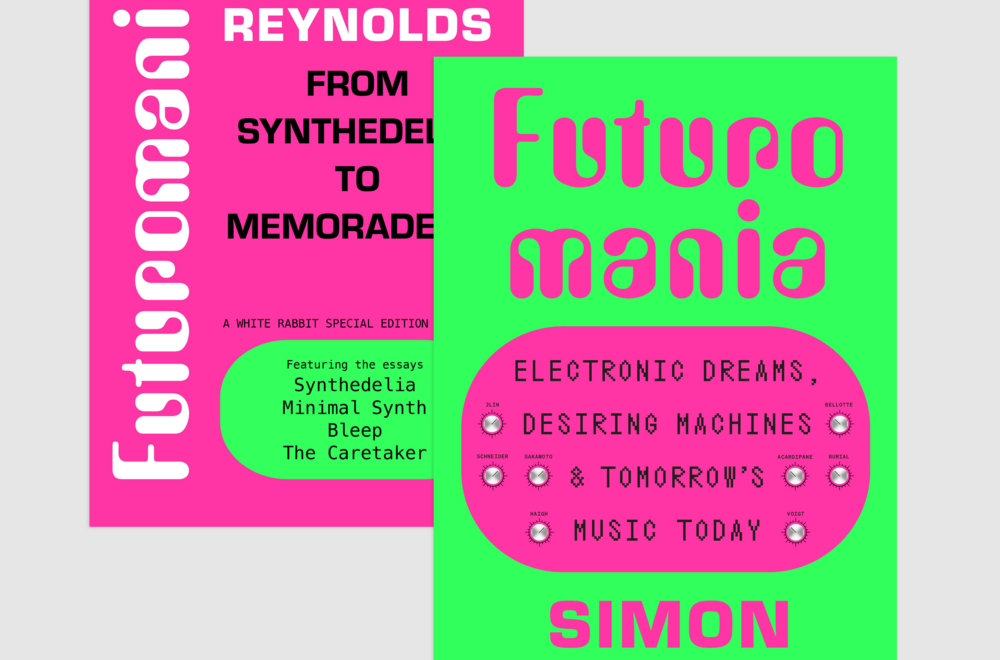The summer is halfway over and you’ve been scrolling for like, what, six weeks straight now? Step away from your phone (after reading this, of course). An analog […]
What’s that tone? Celebrating the visionary instrument the Suzuki Tronichord

Check out a video explainer on an instrument used by Eno, Bowie, Mark Mothersbaugh and more.
The ad copy says it all: “Sound like a pro—make music instantly, your very first time!”
Introduced in 1981 by Japanese electronics maker Suzuki, the Portachord electronic keyboard was the little sibling to the company’s more famous Omnichord, both of which helped propel the evolution of handheld electronic instruments.
Most In Sheep’s Clothing kindred spirits will recognize the tone, but fewer understand the brilliant design, which was based on the age-old autoharp and could be strummed and plucked.
Here’s the original marketing pitch for both the Omnichord and the Portachord:
For the hidden musician in all of us, Suzuki brings you 2 new electronic musical instruments that anyone can easily play the very first time. If you love music but don’t know one note from another, Omnichord and Portachord now make it possible for you to sound like a pro – even if you’ve never played before!
Omnichord and Portachord are the ultimate in accompaniment instruments for your next party or social event. Everyone will be on their feet, singing and dancing as you touch a button and play up to 27 chords, 6 drum patterns and a walking bass. Then, strum the amazing touch sensitive ‘SonicStrings’ touchplate, just like a guitar! Completely portable and always in tune, you’ll be amazed by just how much music you can make with these new compact musiccomputers. If you know your A, B, C’s, it’s that easy to make music and play your favorite songs – electronically.
Here’s Martin Gore of Depeche Mode rocking a Portachord in the studio:
Predictably, original instruments are rare and valuable. As explained in the clip above, “the Portachord is the rarest of all of them, as it was quickly abandoned in favor of the more featured OM-27.”










